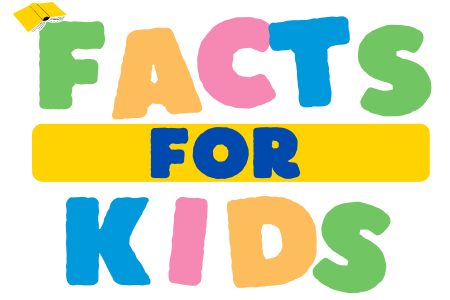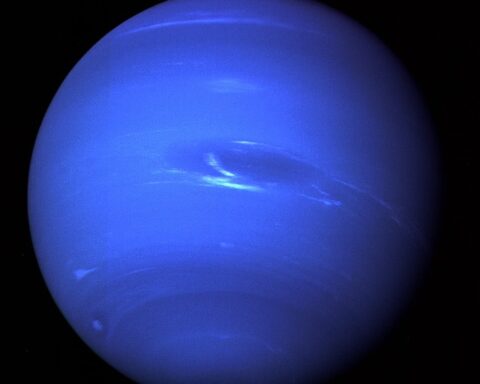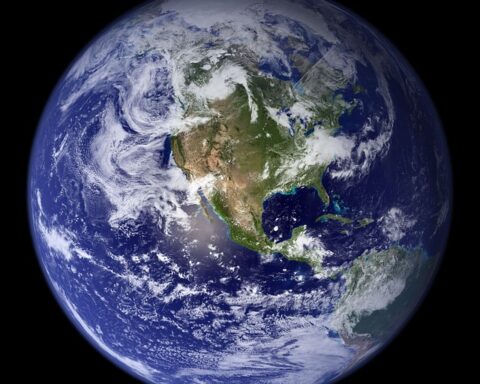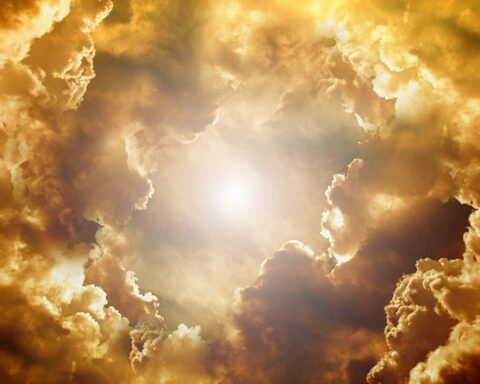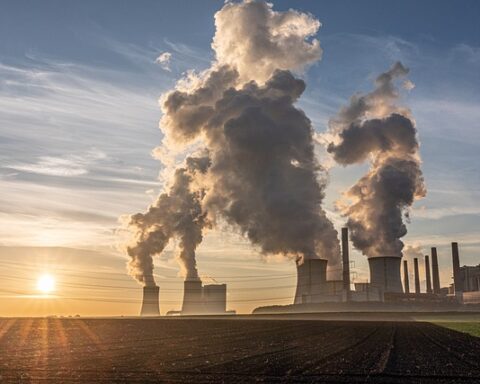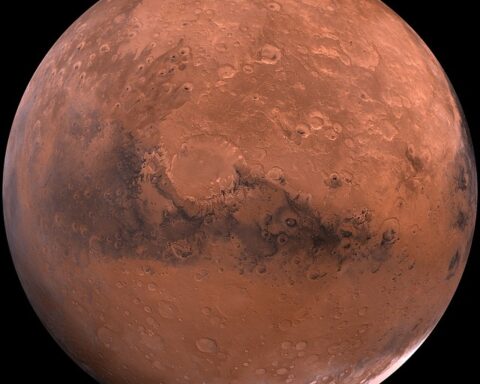Now is the right time to enjoy some of the most important saturn facts for kids. Saturn is the second largest planet and deemed to be the god of agriculture in Roman mythology. It is because of this planet that the English word ‘Saturday’ was created. Thanks to the Galileo who first observed Saturn with his telescope in 1610 though he was confused by its odd appearance. Saturn seems like a flat object in space when viewed through the telescope. There are bands in Saturn which are more noticeable in Jupiter. When you view Saturn through a Hubble Space Telescope, you see a rare storm that seems like arrowhead-shaped feature close to the planet’s equator.
There is a warmer air that produces this storm. The east-west extent of this storm is equal to the earth’s diameter (about 7,900 miles). When viewed from far apart, Saturn appears to have continuous rings that are composed of several tiny independent particles. The size of these particles ranges from few centimeters to several meters. The Saturn’s rings are extremely thin with the thickness of only half kilometer. The rings are 250,000 km in diameter. They are largely composed of water ice and few hints of icy coatings and rocky particles. Scientists are unaware of the origin of these rings. Saturn has a substantial magnetic field. You can view Saturn in the nighttime sky with an unaided eye. The Saturn is not as bright as the Jupiter is, but it can be seen as a shining star in the sky.
Saturn Facts For Kids
- The mass of the Saturn is calculated at 568.46 × 1024
- The volume of this planet is 82,713 × 1010
- The polar radius is 54,364 km
- The equatorial radius of Saturn is 60,268 km
- Saturn has a volumetric mean radius of 58,232 km
- It has a mean density of 687 kg/m3
- The gravity of this planet is 10.44 m/s2
- The acceleration of the Saturn is 8.96 m/s2
- It has an escape velocity of about 35.5 km/s
- The visual geometric albedo is 0.47
- The visual magnitude is minus 8.88
- The black-body temperature of the planet Saturn is 81.1 K
- There are 62 natural satellites of Saturn
 What is the Largest Moon of Saturn?
What is the Largest Moon of Saturn?
Titan is the largest moon of Saturn which has numerous layers of haze. The surface pressure of titan is 1.6 times to that of Earth. The surface temperature is extremely cold precisely -180 degrees Celsius. It is highly opaque largely due to thick that seems to be an effect of sunlight relating with hydrocarbons. The titan clouds are made up of methane drops and liquid nitrogen with the speculation of being embedded with oceans and lakes too.
Apart from the titan, other Saturn moons have extremely cold surface and the ice is as stiff as craters from meteor impacts. The average density of these moons is 1.0 – 1.5 g/cc which indicates as to how icy the surface is though they might have few rocky constituents.
Orbital Parameters | Saturn Facts For Kids
- The semimajor axis of Saturn is 1,433.53 × 106
- There are 10,759.22 days in a sidereal orbit period of Saturn
- There are 10,746.94 days in a tropical orbit period
- The mean orbital velocity is 9.69 km/s
- The maximum orbital velocity is 10.18 km/s
- The minimum orbital velocity of Saturn is 9.09 km/s
- The orbit inclination of this planet is 2.485 degrees
- The orbit eccentricity is 0.0565
- There are 10.656 hours in a single day
Observational Parameters | Saturn Facts For Kids
- The discoverer of Saturn is yet to be known as it was discovered in the prehistoric times
- The minimum distance of Saturn from the Earth is 1195.5 × 106
- The maximum distance of Saturn from the Earth is 1658.5 × 106
- The maximum apparent diameter from the Earth is 20.1 seconds of arc
- The minimum apparent diameter from the Earth is 14.5 seconds of arc
Saturnian Atmosphere
- It has a surface pressure of 1000 bars
- The temperature at 1 bar equals to 134 K
- The speed of winds is up to 400 m/s
- Saturn has a scale height of 59.5
- The mean molecular weight is 2.07 g/mole
The Small Moons of Saturn
- Prometheus
- Pandora
- Epimetheus
- Janus
- Calypso
- Helene
- Hyperion
- Mimas
- Enceladus
- Tethys
- Dione
- Rhea
- Titan
- Iapetus
